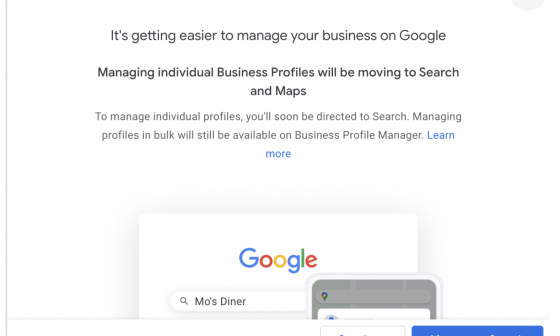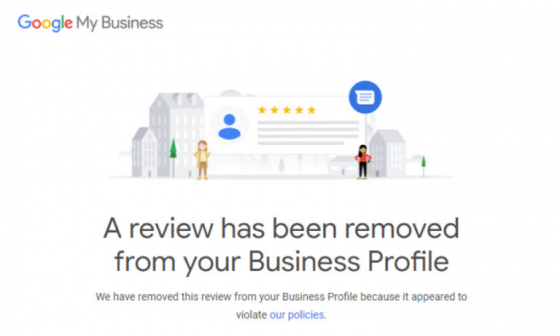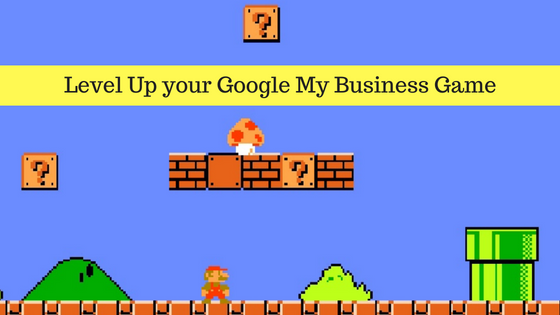Google has showcased some pretty amazing updates in the first day of its flagship annual event, Google I/O 2018. Everybody’s talking about the big feature releases in the Android P, the new and improved Google Lens, how users can literally ask Google Assistant to make a call using Google Duplex (more about that later) and how Waymo – Google’s self driving cars project – has been performing with its early rider program in Phoenix.
However, the updates in Google I/O 2018 didn’t stop with smartphones updates and self-driving cars. There are several more feature updates that were mentioned, many of which will be directly impacting how customers will find and shop with businesses around them.
This article will tell you all that you need to know about what Google’s new updates mean for your business.
Google Duplex
There’s no better place to start this post than to talk about Google’s mind-blowing new update, Google Duplex. The Google Assistant can literally mimic a human while making a phone call to a business owner and can perform functions like reserving a table or getting an appointment. You can learn more about how this works here.
Check out this video in case you haven’t seen it yet:
Google Assistant will be able to make actual phone calls for you.
Posted by Verge Reviews on Tuesday, 8 May 2018
However, Google Assistant will probably be able to do this only if the business is listed accurately. In other words, if your business is not on Google My Business, customers will likely not be able to call you using Google Assistant. The problem doesn’t get solved completely by just getting your business listed online either.
If your business has incorrect NAP details in its listings, you are bound to lose potential customers. So, it is imperative to make sure that your business information is listed accurately and consistently across all your online business listings.
Google Maps
The Google Maps app will soon get a huge overhaul, and this is going to significantly impact the way consumers find new businesses and how businesses will market themselves online as well. Once the updates roll out, Google Maps will not be just a navigation app; people will now be able to see personalized results and have social interactions with others, directly from the app.
Google Maps remains the most-used navigation app by mobile users, with stats pointing to the fact that Google Maps is the fifth most-used app on smartphones. Listings on Google Maps are directly tied with the GMB (Google My Business) listing that you have, and in other words, if you’re not showing up on Google’s knowledge graph when someone searches for you, then it means that you’re not gonna be found on Google Maps either.
But that’s not what we’re here to talk about. Assuming that you have a GMB listing for your business, the factors that people were looking at (until yesterday) were reviews, star ratings and how close your business is. However, all that’s about to change.
Google Maps has three new updates now – Your Match score, For You and shortlists. Let’s look at what these features are and how they will function.
Your Match
Customers who are using Google Maps will be able to see how good a fit your business will be for them in the form of a percentage, called the Your Match score. Google uses machine learning to determine this score, and takes in a number of factors to deduce it, like the kind of businesses that the customer visits, reviews and searches for frequently. This data, combined with the attributes of your business listing will ultimately show up as the Your Match score that customers will see.

Google wants to “match” people with businesses now, and how good a match your business is to a customer is also in your hands. Considering the fact that Google takes in chunks of data (like the kind of cuisine a customer prefers or the type of salons they go to), how well-optimized your listing is plays a major role in how good a fit you will turn out to be for customers.

Source: Google
Say you own a Thai restaurant, but you are only listed as a ‘Restaurant’ category on Google. Or say, if your listing specifies that your business operates only between 10 AM and 10 PM while you’re actually open until 12 AM. You’re going to face some problems with your Match Score with such inaccurate information.
If Google determines that the customer is a fan of Thai food and likes to eat midnight meals a lot, then not having this data on your business’ listing will likely give you a lower score than one that you actually deserve, despite checking all the boxes. In other words, if Google is not able to determine what you really do, then you’ll likely fall out of contention amongst customers.
This is a major update, because it gives customers a whole new way to discover your business on Google. Reviews, star ratings and proximity are no longer the only things that people will be looking at before they choose a business anymore. Optimizing your business listings is now more important than ever.
Shortlist
In order to make planning easier for customers, Google has also rolled out a new shortlisting feature on Maps. Customers can now long-press on any listing that pops to add them to a shortlist, title it, and share it with a group of friends. Friends who receive this list can now vote (hit “like”, basically) on these to figure out which one they want to visit the most.

Source: Google
While this update is not going to make a significant impact on businesses as such, it is definitely going to change the way customers decide which business they will choose to visit. All the more reason to keep your business information updated, accurate and consistent online.
For You
Perhaps the biggest change in Google Maps that will affect businesses is the addition of the For You tab. The app will now feature a For You section that will showcase a number of things about businesses, including a “Foodie List”, “Trending Items” and “Recently Opened” list, completely personalized for each customer based on interests and location.
Google, in its blog post, has quoted, “Information about that new sandwich spot downtown, the surprise pop-up from your favorite chef, or that new bakery shaking up the pastry scene in Paris will now come straight to you”.
We’re yet to zero in on the factors that will affect Google Maps’ decision to show or not show a particular business to a customer. However, this could mean that businesses will actually be able send updates to customers over a certain area in the near future. To take it one step higher, Google might even enable business-owners/marketers (to use geofencing, perhaps) to pop-up on customer’s device. If that does prove to be the case, this update will be revolutionary for businesses, and bring in an entirely new dimension into how consumers discover new businesses or get updates from businesses.
We’ll update this section as soon as we get more information. Click here to join our blog newsletter and receive updates as soon as we get them.
Shopping Actions
Another huge update that Google has announced in Google I/O 2018 is Shopping Actions. A few months ago, Google launched Google Express to help retailers sell their products online. Now, Google has announced that its brand new feature, Shopping Actions, will enable customers to buy products directly from Google Assistant. Google has facilitated this after noticing that the number of “where to buy” search queries have gone up, significantly.
Anybody who uses Google Assistant and Google Wallet can now buy products directly from a number of retailers. Google calls this “voice shopping”, where users needn’t worry about the cumbersome process of browsing through e-commerce stores to buy something that they need.
As it stands, Google has only tied up with major players like Target, 1-800-FLOWERS and Ulta Beauty to see how people are responding to these updates. However, this will soon be open to all retailers who want to sell their products on Google. If you’re interested in applying for Google’s Shopping Actions program, you can fill up this interest form.
So, those are the biggest updates for businesses from Google I/O 2018! If you’d like to discuss about these updates or add something to this article, let us know in the comments below, or shoot a mail to hello@synup.com. To keep learning more about the latest trends in small business marketing and optimizing your business for the web, follow Synup on Twitter.


